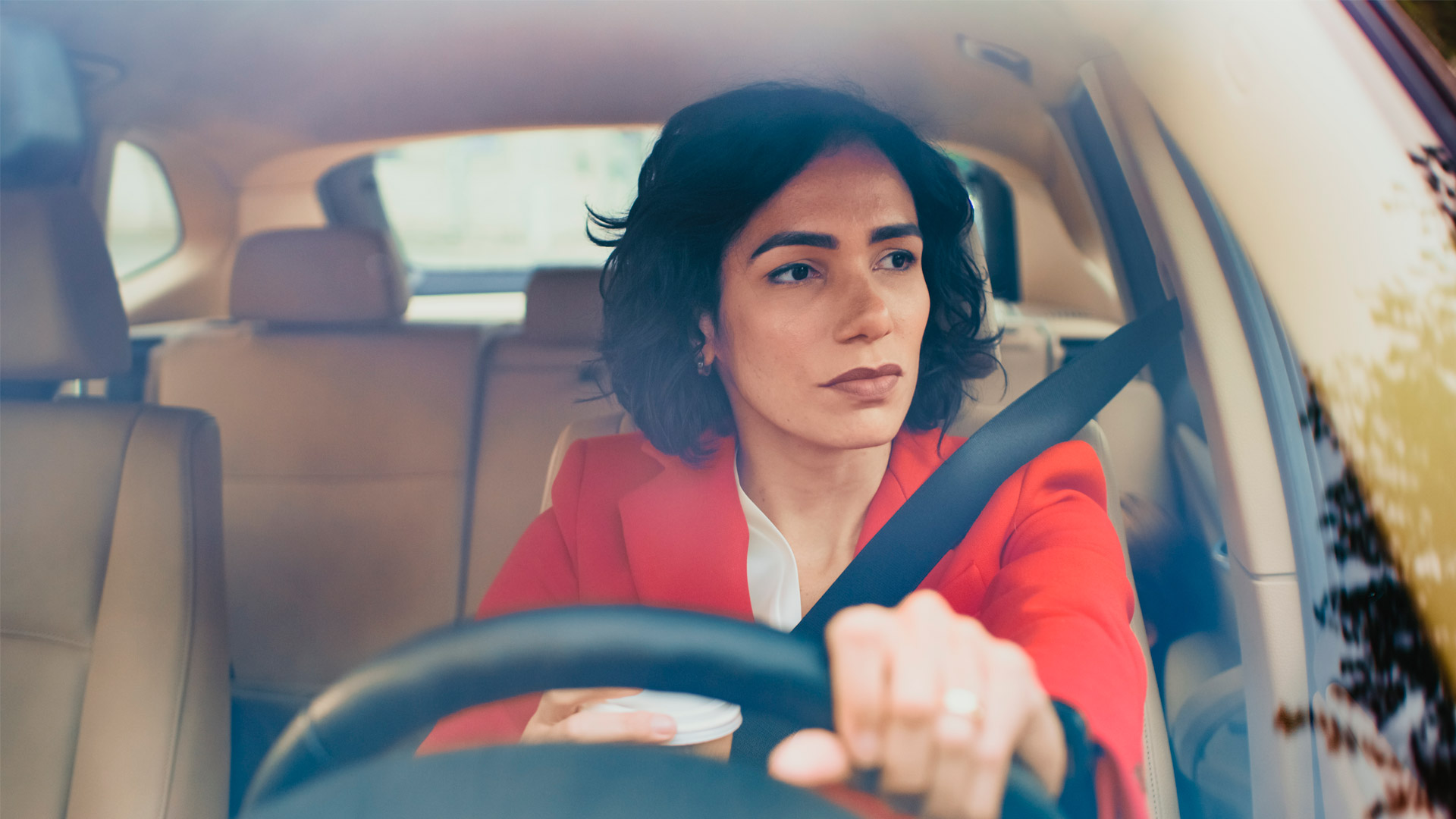Prepare for CRA compliance as Interniche NicheStack TCP/IP will reach end of general support
We at Tuxera are dedicated to developing products that are secure and resilient against the threats of the connected world....
We are here to help
Have a question or need guidance? Whether you’re searching for resources or want to connect with an expert, we’ve got you covered. Use the search bar on the right to find what you need.


Modern vehicles use driver monitoring systems (DMS) and occupant monitoring systems (OMS) to improve safety and comfort. They were also a big topic at the latest In Cabin event in Barcelona. Let’s take a closer look at DMS and OMS and how they create new uses for automotive data.
A DMS tracks driver behavior using cameras and sensors to detect signs of fatigue, distraction, or unsafe driving practices – issuing alerts as needed to help prevent accidents.
An OMS is similar except that it monitors the vehicle occupants to ensure proper seatbelt usage, child seat usage, and so forth. Together, these systems are a crucial step forward for advancing vehicle safety and paving the way for autonomous and semi-autonomous driving.
The EU has plans to make these systems mandatory in new vehicles soon. The European Union’s General Safety Regulation (GSR) requires that all new cars sold in Europe integrate safety features , including a driver drowsiness and attention warning (DDAW) system and advanced driver distraction warning (ADDW) system.
The General Data Protection Regulation (GDPR) in Europe places strict controls on the collection, processing, and storage of personal data – including video and sensor data from DMS and OMS. These systems often collect highly sensitive information, such as facial images, eye movements, and behaviour patterns, which are classified as personal data under GDPR. Without explicit consent from the individual, collecting or storing this data is prohibited.
However, this is not an issue in the Americas, the Asia-Pacific region, or the Middle East and Africa. Also, with smart consent rules, it will be possible to collect data in Europe as well. Ensuring informed consent and secure storage of DMS and OMS data enables companies to use automotive data in new and interesting ways.
There are several ways that DMS and OMS data can create new services and solutions. These include:
Saved video and sensor data can serve as evidence to determine fault in accidents. Insurance companies could use this data to assess how the driver was behaving before a collision, ensuring fair claims processing and reducing fraud.
Provided the data is accessible over time, drivers could learn from their behavior and monitor trends. Data could also be used by taxi driving companies, fleet management systems, and driverless taxis to ensure better service for customers.
With consent, recorded DMS/OMS data could be repurposed to create content, such as driving vlogs or social media posts. Drivers could share unique experiences captured during their trips.
By collecting real-time data, companies can improve AI models for autonomous driving based on how people actually drive. This kind of data would be more representative of a wide range of driving scenarios than pre-recorded datasets, helping to refine machine learning algorithms.
Similar to an airplane’s black box, DMS/OMS systems could store critical event data in the event of an accident. This allows for post-accident analysis, which will help improve vehicle safety in the future.
The use cases mentioned above create several requirements regarding secure and reliable storage. This is where Tuxera comes in. Tuxera specializes in creating and deploying high-performance file systems, data storage, and transfer solutions tailored to automotive applications.
Tuxera’s technologies provide the following benefits for DMS and OMS:
If you’re designing driver monitoring systems, now is a good time to ensure data reliability and security. We’re ready to help you on your next project.
Suggested content for: